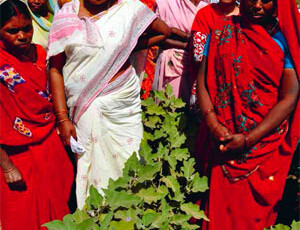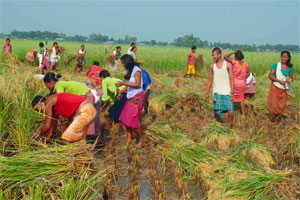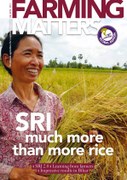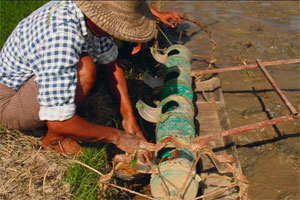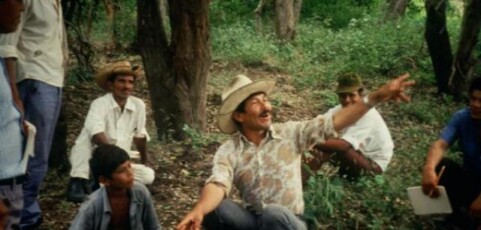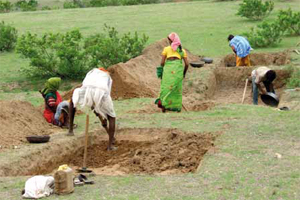La primera vez que leí sobre el SICA fue una tarde del 2002. En los siguientes años, en mi función de extensionista de la Oficina Distrital de Desarrollo Agrícola (DADO) empecé a promover el SICA en el distrito de Morang, Nepal.
“SRI is something unprecedented”
Interview with Norman Uphoff, Professor Emeritus of Government and International Agriculture at Cornell University, former director of the Cornell International Institute for Food, Agriculture, and Development (CIIFAD) from 1990 to 2005. Read more
SRI in Bihar: From one to 350,000
Farmers in Bihar were initially sceptical when they heard about the System of Rice Intensification, five years ago. Only one farmer decided to try it. From then, first by word of mouth and now with government support,
SCI: Planting with space
The principles that make up a System of Crop Intensification (SCI) are now spreading through the regions of Tigray and South Wollo for a range of crops. The use of finger millet seedlings has shown very positive results Read more
Learning from farmers
It was an afternoon of 2002 when I first read about SRI. As an extension officer in the District Agriculture Development Office (DADO), I started promoting SRI in the following years in the district of Morang, Nepal.
Read more
Crazy? Not at all!
Although hardly enough to meet the national demand, rice yields in Peru are high, reflecting an apparently efficient production system. Working together with other farmers, and not always with the national research and extension system, farmers’ initiatives are showing that a much more efficient way is possible.
Farming Matters
However we look at it, the System of Rice Intensification, or SRI, is a major success story. While researchers are still debating its relevance, more and more people are getting to know about it, and more and more farmers are harvesting the results.
Adoption and adaptation
Between 2004 and 2010, the Groupe de Recherche et d’Echanges Technologiques (GRET) supported the introduction and dissemination of SRI in Myanmar’s Northern Rakhine State, as part of a series of projects aiming at ensuring food security. Read more
Measuring farmer’s agroecological resistance in the wake of Hurricane Mitch
This study, published in 2001 by IIED, is the outcome of a participatory action research carried out in cooperation with the Campesino a Campesino, a farmer-led sustainable agriculture movement in Latin America. It compares the sustainability of conventional to agroecological farms after Hurricane Mitch, covering 360 communities of smallholders from southern Nicaragua to eastern Guatemala.
Kaluchi Thakarwadi: Rejuvenated landscape, rejuvenated lives
Kaluchi Thakarwadi is a small, remote settlement in the district of Ahmednagar, in Maharashtra, in the semi-arid zone in the rain shadow of India’s western mountains. Rainfall is unreliable, so there is chronic water scarcity, with recurring shortages of food and fodder. Six years ago a broad watershed management programme was established, which has already had an enormous impact: a transformation from desert to a replenished watershed.



